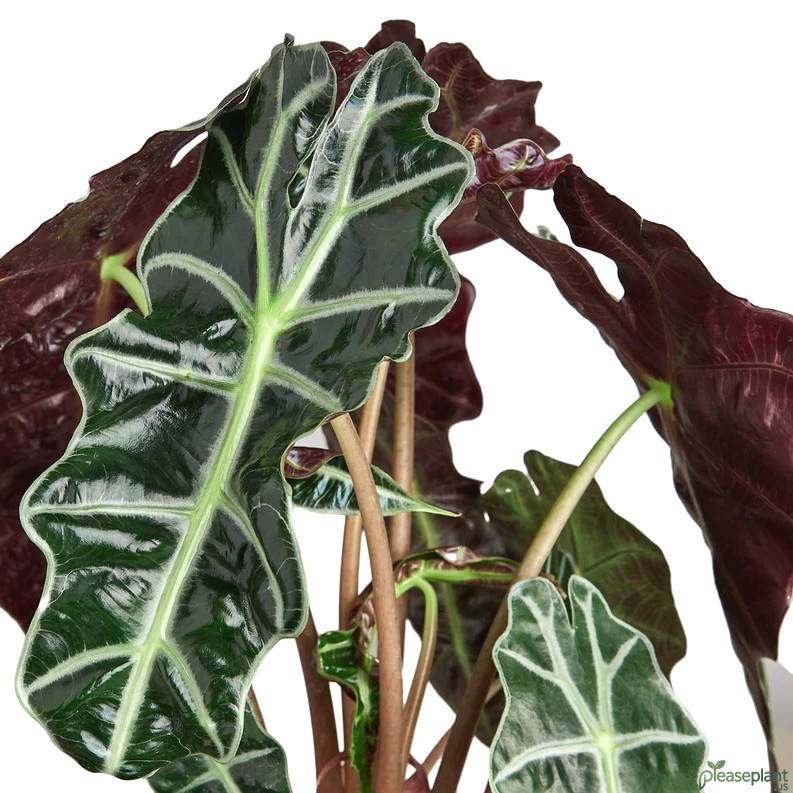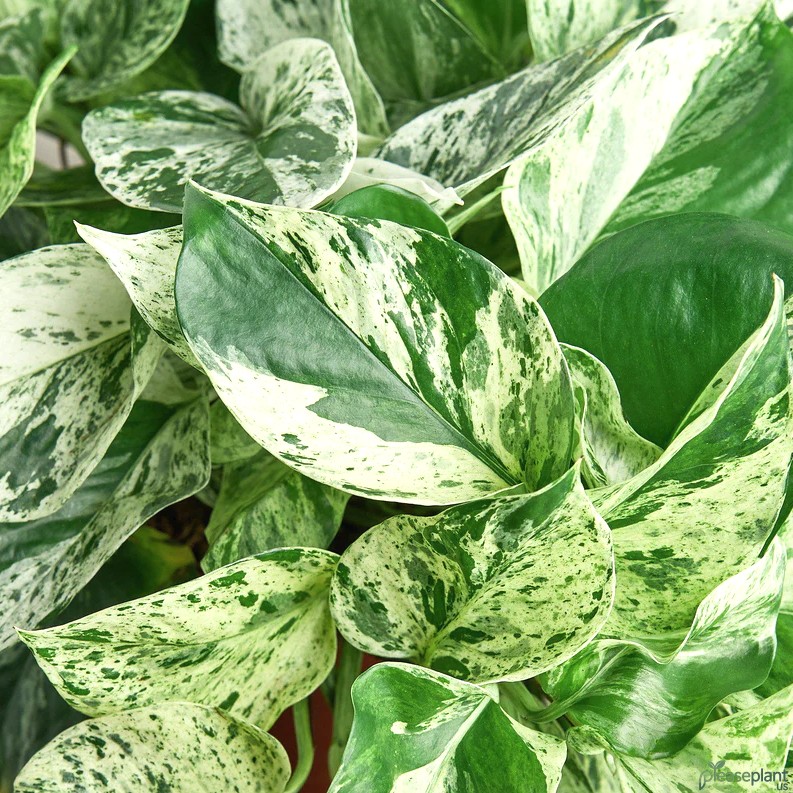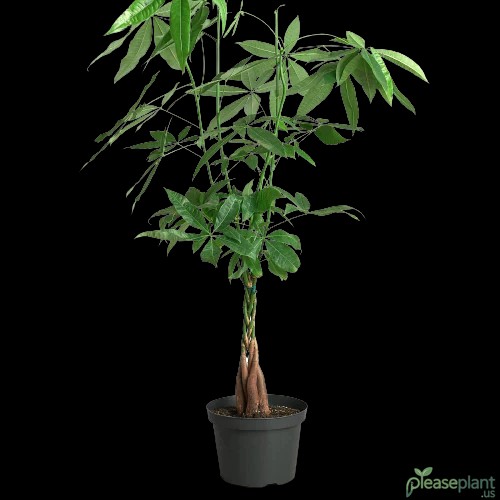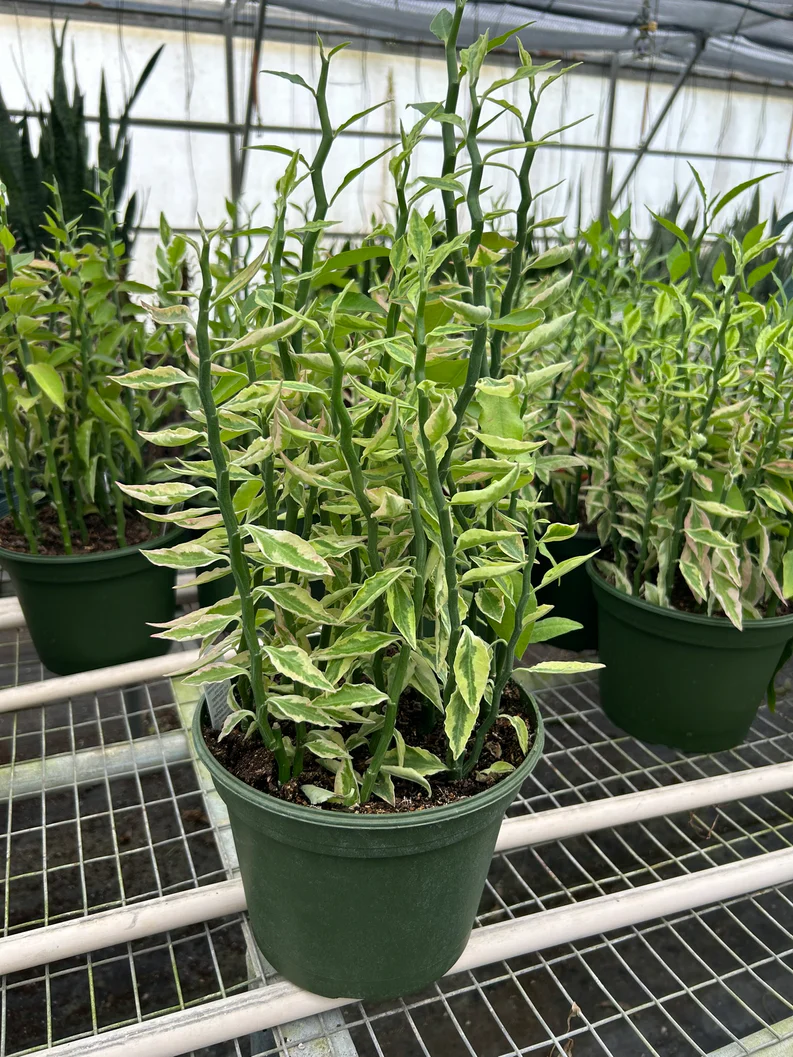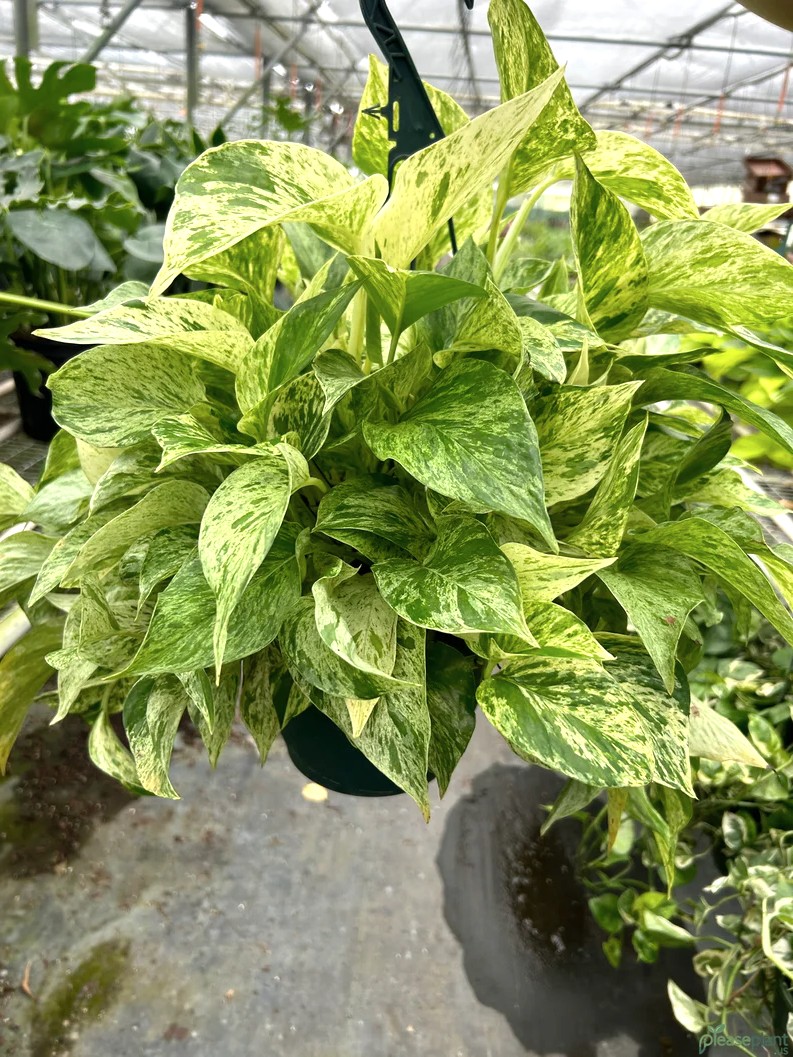If you ever faced the heartbreak of watching your Alocasia Polly droop and fade, you're not alone. I stumbled upon a soil mix that saved my African Mask Plant from the brink of death. This mix isn't some fancy concoction; it’s a simple, well-draining blend that keeps roots happy and rot-free. Let me share the secret that turned my wilting plant into a lush centerpiece, and why soil matters way more than you think for this tropical beauty.
The tale of a wilting Alocasia Polly
I remember the day my African Mask Plant looked like it had given up on life. Leaves drooped, edges turned brown, and I was this close to tossing it out. But then, a little voice in my head said, "Wait, maybe it’s the soil?" You see, Alocasias are drama queens about their roots. Too soggy? They sulk and rot. Too dry? They cry out in shriveled leaves. My soil was neither here nor there, and the plant paid the price.
Why soil matters more than you think
Most folks just grab whatever potting mix is at hand and hope for the best. But for Alocasia Polly, the secret lies in balance. It wants moisture, but not drowning. It craves air around its roots, but not a desert. So I started experimenting with a mix that gave it just that.
My secret soil mix recipe
Here’s what worked for me, and it might just save your plant too:
- 40% high-quality peat moss or coco coir for moisture retention
- 30% chunky perlite for drainage and aeration
- 20% orchid bark to mimic its natural tropical forest floor
- 10% compost or worm castings for nutrients, but not too much to overwhelm
This combo keeps the soil airy, lets water drain fast, but holds enough moisture to keep my Alocasia happy. No more soggy roots, no more sad leaves.
How to repot without traumatizing your plant
Repotting an Alocasia can be tricky. I learned to gently loosen the roots, shake off the old soil, and place the plant in its new mix without compacting too much. It’s like tucking it in with a fluffy, breathable blanket. Water lightly after repotting and keep it in indirect light.
What to watch out for after switching soil
At first, my plant was a bit confused, dropping a few leaves but then bounced back stronger than ever. It’s normal for plants to adjust, so don’t panic if your African Mask Plant looks a bit off initially. Keep humidity high, avoid direct sun, and watch those roots like a hawk. If they start turning black or mushy, ease up on watering.
Final thoughts on keeping your Alocasia Polly thriving
The one secret soil mix isn't a magic potion but a carefully balanced blend that respects the plant’s tropical roots. If you want a lush, vibrant Alocasia Polly, start with the soil. I swear by this mix, and my plant’s comeback story might just be yours too. Remember, planting is half science, half art, and a dash of stubborn love.

